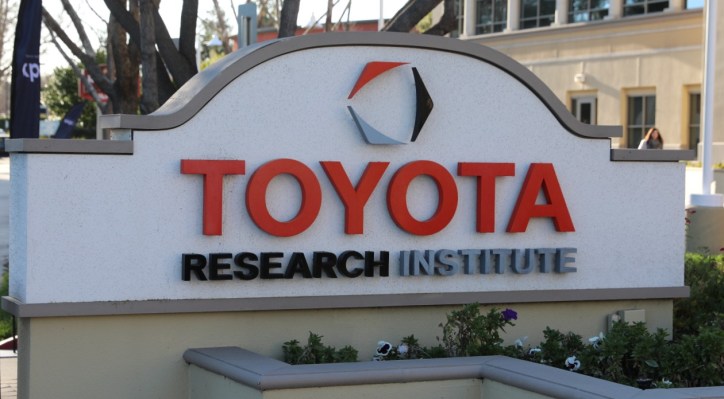For the next few weeks, TechCrunch’s robotics newsletter Actuator will be running Q&As with some of the top minds in robotics. Subscribe here for future updates.
Part 1: CMU’s Matthew Johnson-Roberson
This week, we’ve got a two-fer. Toyota Research Institute’s Russ Tedrake and Max Bajracharya split the job. Tedrake is TRI’s vice president of Robotics Research. He is also MIT’s Toyota Professor in the Department of Electrical Engineering and Computer Science, Mechanical Engineering and Aero/Astro. Bajracharya is TRI’s senior vice president of Robotics. He previously served as the Institute’s director of Robotics.
What role(s) will generative AI play in the future of robotics?
Russ Tedrake: Generative AI has the potential to bring revolutionary new capabilities to robotics. Not only are we able to communicate with robots in natural language, but connecting to internet-scale language and image data is giving robots a much more robust understanding and reasoning about the world. But we are still in the early days; more work is needed to understand how to ground image and language knowledge in the types of physical intelligence required to make robots truly useful.
What are your thoughts on the humanoid form factor?
Max Bajracharya: Places where robots might assist people tend to be designed for people, so these robots will likely need to fit and work in those environments. However, that does not mean they need to take a humanoid (two arms, five-fingered hands, two legs and a head) form factor; simply, they need to be compact, safe and capable of human-like tasks.
Following manufacturing and warehouses, what is the next major category for robotics?
Max Bajracharya: I see a lot of potential and needs in agriculture, but the outdoor and unstructured nature of many of the tasks is very challenging. Toyota Ventures has invested in a couple of companies like Burro and Agtonomy, which are making good progress in bringing autonomy to some initial agricultural applications.
How far out are true general-purpose robots?
Russ Tedrake: I am optimistic that the field can make steady progress from the relatively niche robots we have today towards more general-purpose robots. It’s not clear how long it will take, but flexible automation, high-mix manufacturing, agricultural robots, point-of-service robots and likely new industries we haven’t imagined yet will benefit from increasing levels of autonomy and more and more general capabilities.
Will home robots (beyond vacuums) take off in the next decade?
Max Bajracharya: Homes remain a difficult challenge for robots because they are so diverse and unstructured, and consumers are price-sensitive. The future is difficult to predict, but the field of robotics is advancing very quickly.
What important robotics story/trend isn’t getting enough coverage?
Russ Tedrake: We hear a lot these days about generative AI and about the incredible progress and investments in hardware. Many of these successes, though, were made possible by the quiet revolution that we’ve seen in simulation. Only a few years ago, most roboticists would have said it was impossible to train or test a computer vision system in simulation; now it’s standard practice. Some researchers are still skeptical that we could develop a control system for, say, a dexterous hand completely in simulation and have it work in reality, but the trend is increasingly moving this way. Big investments from companies like Nvidia, Google DeepMind and TRI are helping to make this happen.
